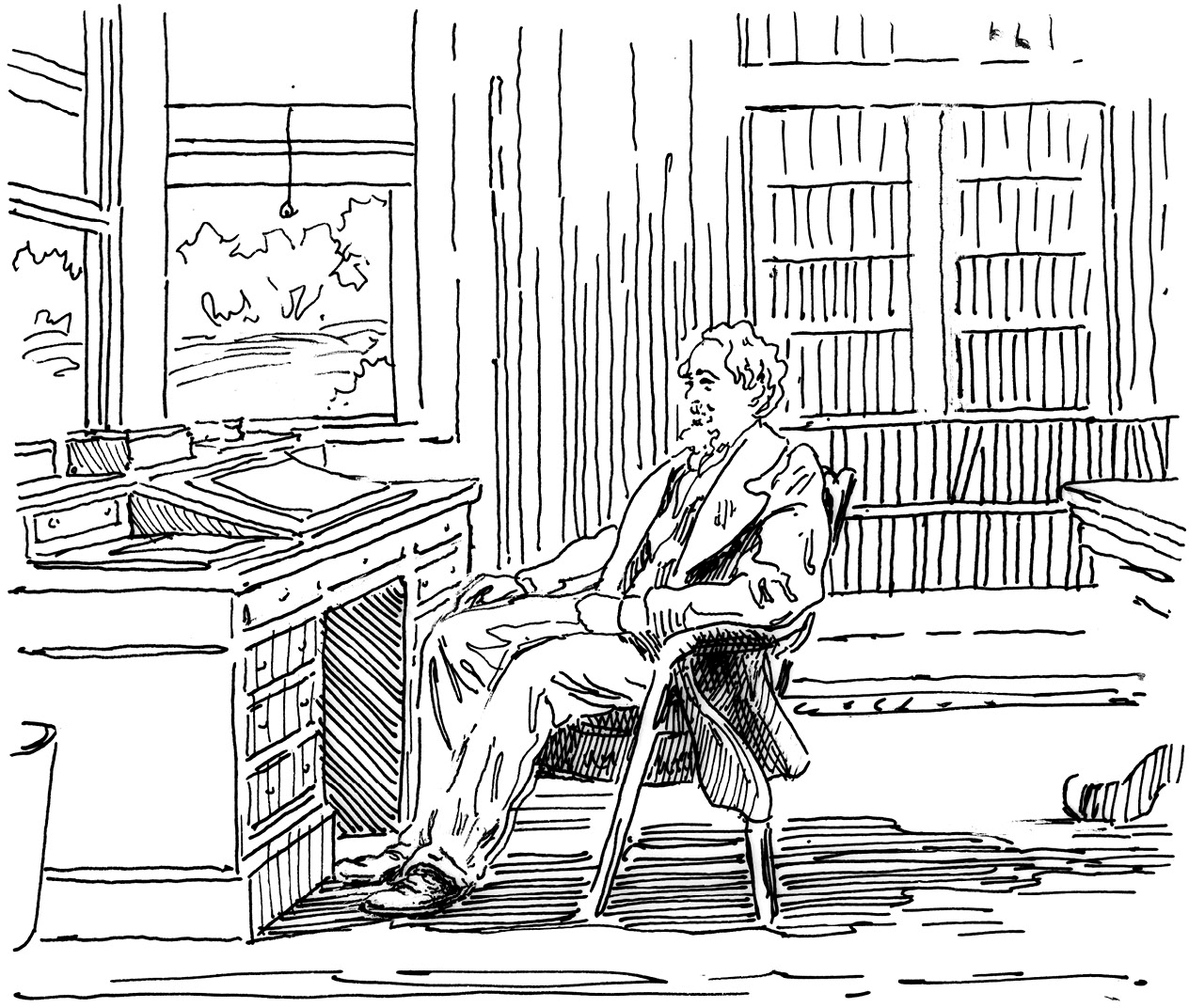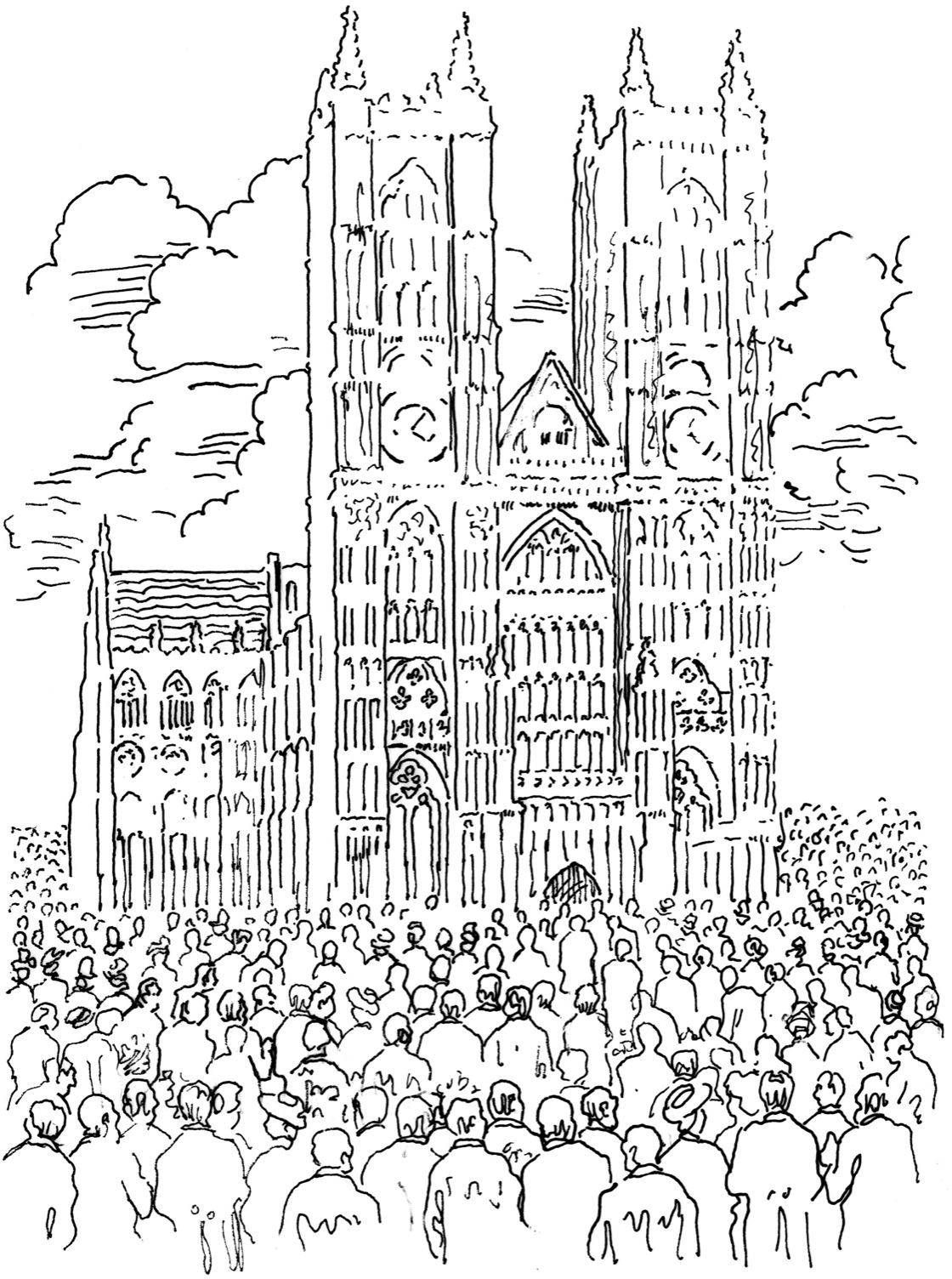Chapter 10
Poet’s Corner

Charles Dickens was no longer the boy in the window at Warren’s blacking factory. He was the most popular writer in the world. He’d written over fifteen novels. He’d traveled all over Europe and North America. He’d been chased by adoring crowds. He’d appeared in front of theaters packed with fans. His books were translated into many languages. Even his least popular books sold well. He received letters from all over the world. He’d created words that had been added to the dictionary. Where once his family had been threatened with eviction from their home, he now owned more than one beautiful house, including the one he’d dreamed of living in as a child. Amazingly, he’d stayed popular for decades.
The first chapter of Edwin Drood appeared on March 31, 1870. It sold an amazing fifty thousand copies in its first few days of release. Thirty-four years after the publication of The Pickwick Papers, Charles Dickens was a sensation all over again. “As he delighted the fathers, so he delights the children,” said the London Times.
Every morning at Gad’s Hill, Charles wrote in a small Swiss chalet given to him by a friend who sent it in pieces from Switzerland. Charles loved writing in the upper story where the mirrors on the walls reflected the trees and the river outside.

On June 4, 1870, Katey came for a visit. They had a long talk. Katey was surprised by the kind of things her father said. He told her he wished he’d been a better father and a better man. He talked about his relationship with Nelly and the end of his marriage. He spoke, Katey later said, “as though his life was over and there was nothing left.”

Katey left the next day. On June 8, Charles spent the morning in the chalet, writing. It was unusual for Charles to work in the afternoon, but on this day, after lunch, he returned to finish chapter six of Edwin Drood.
That evening at dinner with his sister-in-law Georgina, Charles had a stroke. Katey and Mamie rushed home to see him. He died the following day without ever waking up. It was June 9, 1870. Charles Dickens was only fifty-eight years old.


Charles had planned to be buried near Rochester Cathedral, but his country would accept nothing less than Westminster Abbey. Westminster Abbey is the most famous church in England. Many of the greatest writers in English history are buried there in what is called Poet’s Corner. When Charles died, the London Times wrote an editorial saying he should be buried in Poet’s Corner. The Dean of Westminster agreed and offered to bury him there. It was a great honor—one Charles’s family could not refuse.
Charles had earned his place among the greatest British writers. He was buried in a small, private ceremony, but so many people came to bring flowers that the church had to keep the grave open for two days to hold all the crowds. People from all walks of life made their way to Westminster Abbey to say good-bye to him.

There was no other person in England so beloved by people of all classes, rich and poor. To this day, a wreath is laid on his grave every year on his birthday.

The very next year, John Forster published a biography of his friend Charles Dickens. For the first time, people learned that Charles did not have the happy childhood that his readers assumed he had. They learned just how much David Copperfield was Charles Dickens. They saw that Charles had sympathy for people in all parts of society because he had been both poor and rich. The part of his life that he had always hidden—the poverty, hard work, and shame of prison—was the very thing that made his writing so special and so loved by so many.